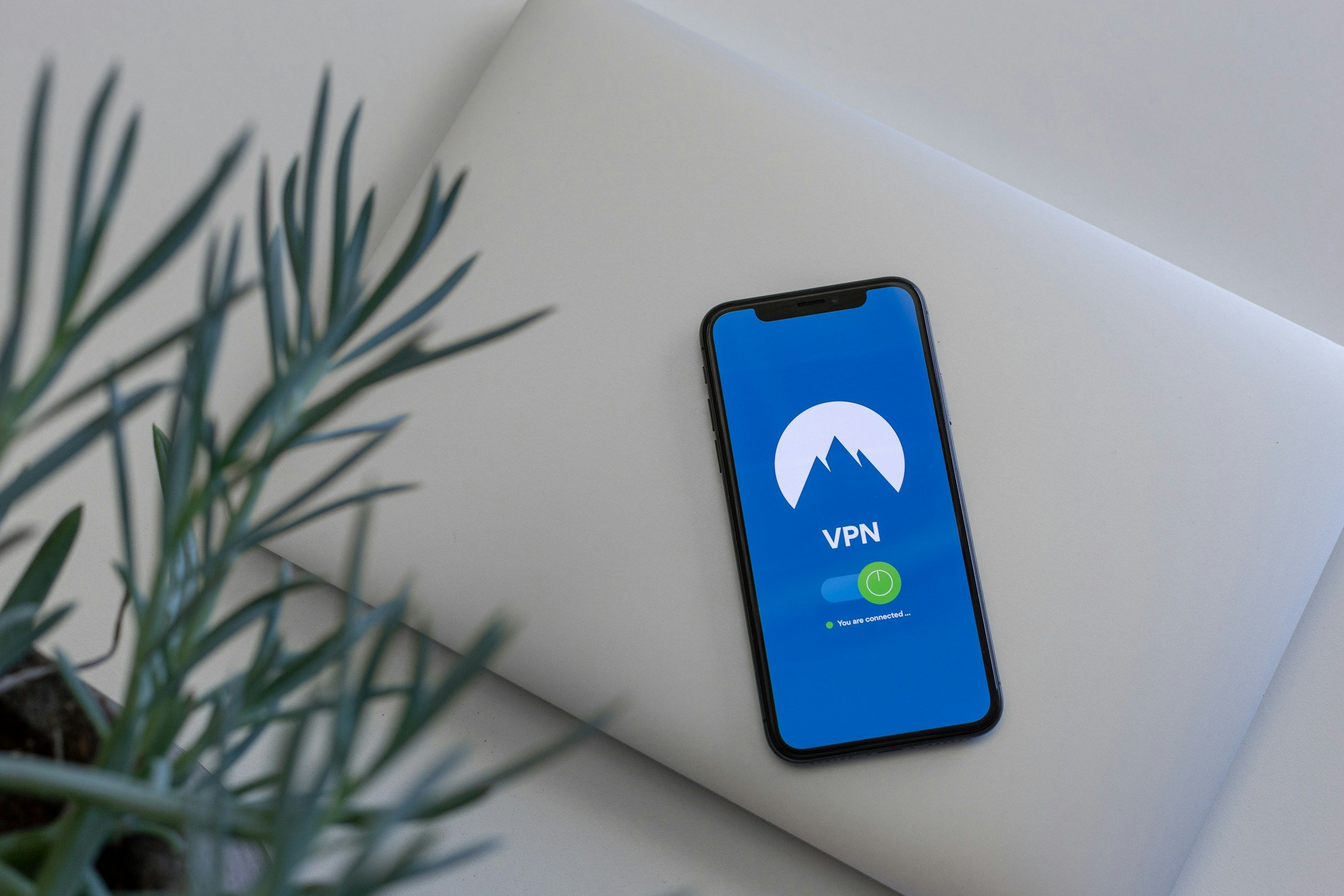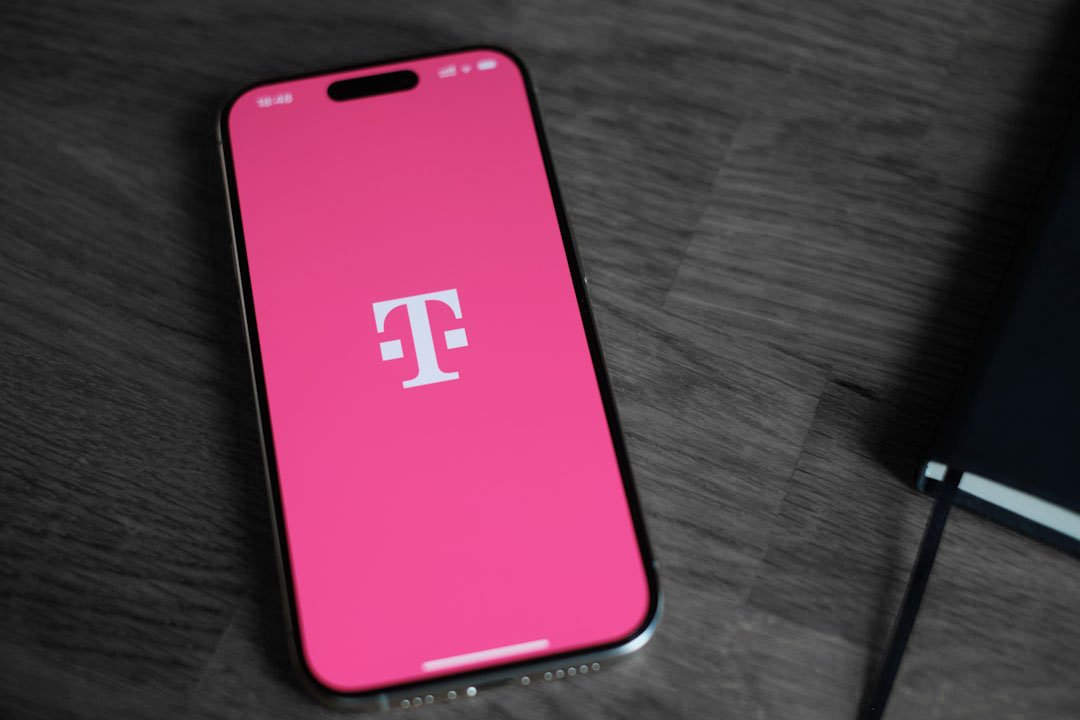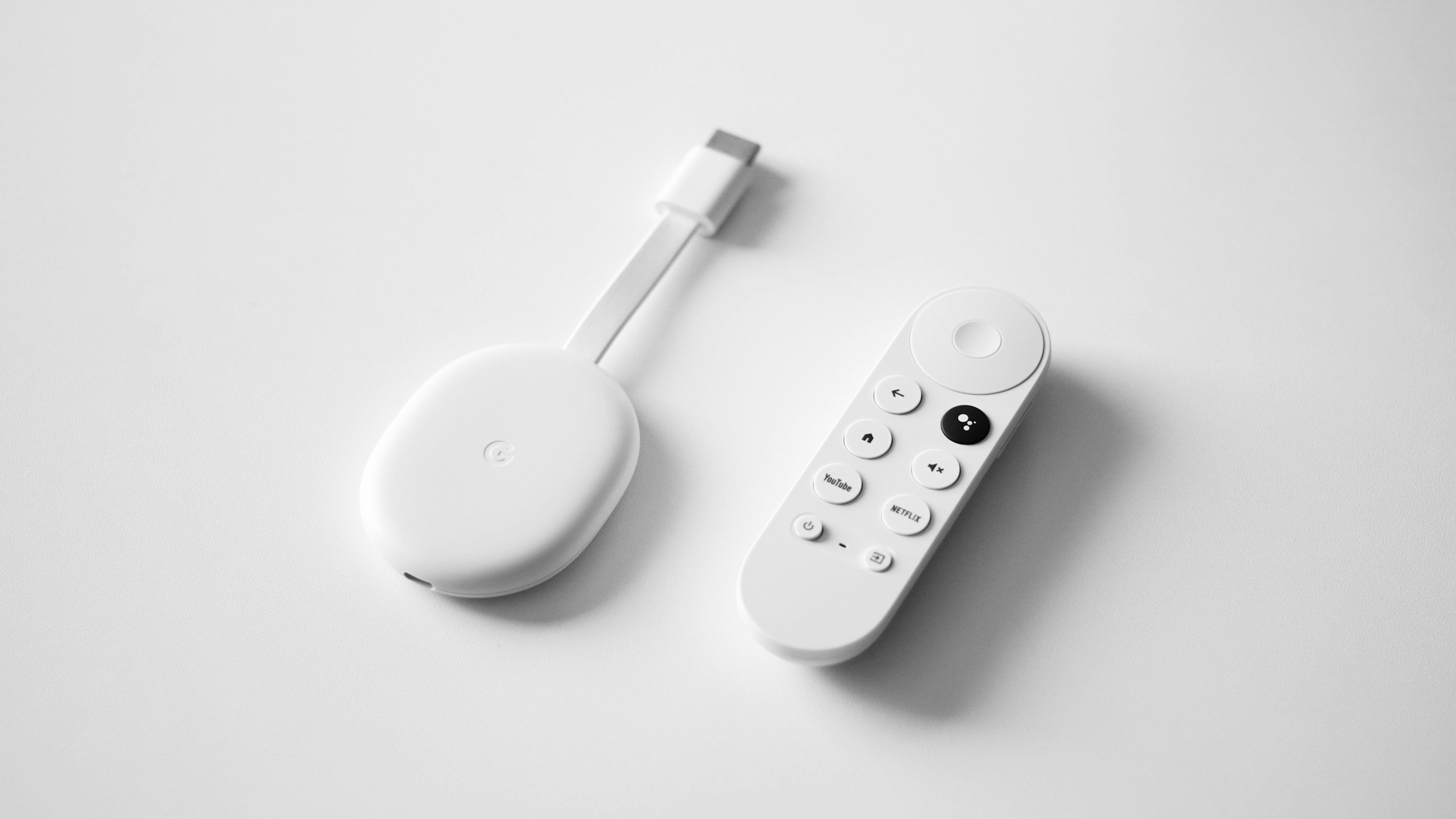Why Is My MacBook Air Not Turning On? – How to Fix It
When you purchase through links on my site, I may earn an affiliate commission. Here’s how it works.
Table of Contents Show
We all know how crucial a functioning laptop is, especially in today's digital age.
Be it for work or school, these compact machines have become our lifeline.
But what if your trusty MacBook Air just won't turn on?
Don't worry, that's why we're here today. We'll explore why your MacBook Air might not be turning on and, more importantly, how to fix it.
So, grab your cup of coffee, and let's get started.
1. Checking and Fixing Power Connections
You'd be amazed at how often the simplest things can cause the most headache.
Your MacBook Air might not be turning on simply because of an issue with power connections.
So, let's dive into how you can check and fix these.
Step 1: Inspect your power cable for any signs of damage such as fraying or tears. If there's visible damage, consider replacing the cable.
Step 2: Make sure your power cable is securely plugged into your MacBook Air and into a functional electrical outlet. If it seems loose, unplug and replug it firmly.
Step 3: Examine your power adapter. Look for any signs of damage or overheating. If it's unusually hot, try using a different power adapter if one is available.
Step 4: Don't forget about the power outlet itself. Test it by plugging another device into the same outlet to confirm it's providing power.
2. Soft Reset
This might seem like a no-brainer, but you'd be surprised at how often this simple action can work wonders.
Here is how it’s done:
Step 1: Find the power button on your MacBook Air. This is generally the top-right key on the keyboard, with an icon of a circle with a line through the top.
Step 2: Press and hold this power button for about 10 seconds.
Step 3: After 10 seconds, release the button, wait for a few moments, and then press it again as you typically would to turn on your MacBook Air.
The idea behind this is that pressing and holding the power button can force your system to reset certain internal hardware components.
It's kind of like giving your MacBook Air a soft reset without affecting your data.
3. Unplugging Accessories
You might not realize it, but sometimes, the smallest things can be the biggest culprits.
Yes, I'm talking about those peripherals you've got hooked up to your MacBook Air.
These could be anything from an external mouse or keyboard to a USB-C hub or even an external monitor.
Here's the thing: these peripherals, while incredibly useful, can sometimes cause issues. A faulty peripheral can send mixed signals to your laptop, preventing it from turning on.
So, our next step is to unplug all accessories from your MacBook Air.
After you've disconnected everything, try turning on your MacBook Air again. If it powers up, then one of your peripherals is likely the problem.
You can identify the guilty party by reconnecting each device, one by one, and checking if your MacBook Air still turns on.
If it stops turning on after connecting a particular device, you've found your problem.
But what if your MacBook Air still doesn't turn on after disconnecting all peripherals? Don't worry, we're not out of options yet.
4. Interpreting Screen Symbols
Now, you might be thinking, "Tobias, my MacBook Air isn't turning on, I'm not seeing any screen symbols."
But here's the thing – even if your MacBook Air isn't fully booting up, it might still be trying to communicate with you through various symbols displayed briefly on the screen.
Folder with a Question Mark
One common symbol is a folder with a question mark in the middle. If you're seeing this, it means your MacBook Air can't find its boot directory.
In simple terms, it can't locate the drive where your operating system is installed. This could potentially be a software issue or an indicator of a failing drive.
You can read more on this in the following guide.
Battery with a Lightning Bolt
Another symbol you might encounter is a battery with a lightning bolt.
This typically indicates that your MacBook Air's battery is not charging or needs to be replaced.
Circle with a Line Through It
You might also see a circle with a line or slash through it, indicating that your MacBook Air can't find a valid system folder to use for startup.
These are just some of the possible symbols that can show up. If yours is not among them, check out this guide for more information.
5. Dealing with a Blank Screen
Okay, so what do you do when none of these previous steps have fixed the issue and all you're faced with is a black screen?
Here's what you can try:
MacBook Air Response
Confirm if your MacBook Air is switched on by listening for the fan or looking for the keyboard backlight.
If these signs are present, your MacBook Air is on, but the screen is not displaying anything.
Screen Brightness
Try adjusting your screen brightness using the F1 and F2 keys. Sometimes, the screen might be dimmed down without your realization.
Another Soft Reset
If the screen remains dark, perform another soft reset as mentioned earlier.
Press and hold the power button for about 10 seconds until your MacBook Air powers off.
After a few moments, press the power button again to turn it back on.
Boot from MacOS Recovery
If the screen is still blank, try to boot from MacOS Recovery.
MacBook Air With Apple Silicon
For a MacBook Air with Apple silicon, press and hold the power button until you see the startup options. Click on 'Options', then 'Continue'.
Once the Utilities window appears, use Disk Utility to repair your startup disk, and then restart your Mac.
If your screen still doesn't display anything, consider reinstalling macOS.
MacBook Air With Intel
For Intel Mac models, after powering on, immediately press and hold Command (⌘)-R until you see an Apple logo or spinning globe. Then follow the same steps as above.
If you can't start up from macOS Recovery and the screen remains blank, there might be a deeper hardware issue.
Your Mac might not be turning on at all, or you might need to revive or restore the firmware of your Mac if you're using a model with Apple silicon or the Apple T2 Security Chip.
If you're using an external display, ensure that the display itself isn't causing the problem.
6. Resetting the SMC (Only for Intel-based Macs)
The SMC (System Management Controller) is a subsystem in Intel-based Macs that controls many physical parts of your machine, including LED indicators, keyboards and other peripherals, power buttons and even fans.
Resetting it can often resolve issues related to these components.
Note: If you reboot an Apple Silicon MacBook Air, the SMC will reset on its own.
If you're unsure whether you have an Apple Silicon MacBook Air, refer to Apple's guide to determine your device.
So, how do you reset the SMC?
For Macs with the Apple T2 Chip
If you've got a Mac with the Apple T2 Security Chip, here's what you need to do:
Step 1: Power down your Mac.
Step 2: Using the integrated keyboard, simultaneously press and hold the Control (left side), Option (Alt - left side), and Shift (right side) keys. Your Mac may start up.
Step 3: Maintain the hold on all three keys for 7 seconds, then add pressing and holding the power button.
If your Mac is powered on, it will shut down while you maintain key pressure.
Step 4: Continue pressing all four keys for an additional 7 seconds, then release them.
Step 5: After a brief pause, press the power button to initiate your Mac.
For Older Intel-based Macs
Step 1: Power off your Mac.
Step 2: On the integrated keyboard, press and hold the Shift (left side), Control (left side), and Option (Alt - left side) keys.
Step 3: While keeping all three keys depressed, press and hold the power button.
Step 4: Maintain the simultaneous hold on all four keys for 10 seconds.
Step 5: Release all keys, then press the power button to start up your Mac.
7. Contacting Apple Support
Alright, we've walked through a number of troubleshooting steps to try and bring your MacBook Air back to life.
But sometimes, despite our best efforts, we might hit a wall. That's when it's time to contact the Apple Support.
As a tech enthusiast, I understand the urge to solve problems on your own. It can be rewarding and educational.
However, there are times when you need to reach out to the professionals who know these devices inside and out.
Apple Support offers a range of services to help you with your MacBook Air issues.
You can contact them by phone at 1-800-275-2273 in the United States. When you call, be ready with your device's serial number, as well as a description of the problem you're experiencing.
If you prefer not to call, you can also get support online. Simply head over to their main support website, support.apple.com, and provide a few details about the issue.
They'll then offer the best solution, connecting you via phone, chat, or email.
Final Take
There you have it folks! From the fundamental checks like ensuring your power supply is intact, to more advanced tricks like resetting the System Management Controller (SMC), we've explored the breadth of what could possibly go wrong when your MacBook Air refuses to power on.
But now, I want to hear from you. Have you faced this issue with your MacBook Air? Did our guide help you navigate these murky waters, or did you stumble upon any roadblocks?
Share your experiences in the comments below, or join the conversation over on my social media channels.
And if you haven't already, make sure to subscribe to my newsletter. It's your all-access pass to the latest in tech tips, comprehensive reviews, and the freshest news from the world of technology that you absolutely won't want to miss.
Thanks a lot for reading! Until next time.
FAQ
-
If you've followed all the steps and your MacBook Air still won't turn on, it's time to contact Apple Support.
They have the tools and expertise to diagnose and solve more complex problems that might be beyond the scope of home troubleshooting.
-
Hold the power button for about 10 seconds. This duration is enough to force your MacBook Air to shut down and restart, potentially resolving any temporary software glitches.
-
Resetting the System Management Controller (SMC) can resolve issues related to power, battery management, and other system functionalities.
It's a more advanced troubleshooting step for Intel-based Macs that can help with hardware-related problems.
-
While rare, software updates can sometimes cause issues if they fail to install correctly or if there's an underlying compatibility problem.
If you suspect a recent update is the cause, booting into macOS Recovery and reinstalling your operating system might help.
-
Regularly update your macOS to the latest version, avoid exposing your MacBook to extreme temperatures, and ensure your power cables and adapters are in good condition.
MOST POPULAR
LATEST ARTICLES





















